Toyota Corolla review and buyer's guide
Corolla cops flack for being bereft of character - because it is. But if you just want a tool for the job, it’s razor sharp. Here’s why…
If you’re not interested in personification of the automobile the Toyota Corolla is a strong swimmer.
Despite Toyota throwing all the styling ingredients it has into the aesthetics in an attempt to reach current, youthful buyers, let’s be honest, Corolla’s blandness ain’t foolin’ anybody. This is a good thing for you.
If you’re considering a Corolla as your next new car then you, on the balance of probability, don’t pay much attention to sales figures - and that’s totally fair enough.
VFACTS, as they’re known, will tell you the Corolla has been one of the top-selling vehicles - not just in its respective class - in Australia since the dinosaurs walked the earth and we harmoniously rode into the sunset on them, like Han Solo and the Tauntaun.
Mostly this is true, the Corolla bit, but that’s propped up significantly by Toyota’s fleet sales. Local councils, state governments, businesses small, medium and humongous - including rental companies - buy volumes of Corolla which make toilet paper hoarders look amateur.
In 2019 alone, there were nearly 30,500 Corolla registrations (which the industry calls “sales”), and fleet/business sales totalled 154,993, which accounted for roughly half of all passenger vehicles sold last year out of 315,875 in total.
So if we extrapolate that to Corolla, we’re talking 15,000 or so units which your fellow Australians took home. This continues to be a cruel corporal punishment for other brands, besides perhaps Hyundai i30 and Kia Cerato whose sales are defiantly strong.
The majority of people just want a safe, reliable, affordable small car. But that doesn’t mean you should follow the majority like a Lemming when there’s better value to be had elsewhere. Here’s how to choose the right small car >>
The Corolla has long been the layperson’s home-duties tool-of-trade, in the same way the flawed Hilux seems the default tradie’s ute and the LandCruiser is the perennial Grey Nomad barge for anybody who doesn’t like applying too much grey matter to the buying process (especially with heavy towing). I know it’s hard for so many to think of anything other than a Toyota, but there are alternatives out there with better value and the same reliability (if not, better), than the marketing department will ever hear otherwise.
Don’t get me wrong, Toyota is one of the small crowd offering good customer support, which is why the Corolla is here, but Toyota is not the polished beacon of perfection Australians make of it. No car brand is.
Pick of the litter
SX hybrid sedan from $32,000 driveaway
If you’re looking at a Corolla, you probably don’t give a shit about engines, gearboxes and things of that technical nature. But you should.
This is the first time Toyota has offered the hybrid powertrain in a sedan format, which is excellent news for those of you with legs and luggage.
The sedan at 4.63m is nearly 26cm longer than the 4.37m hatch and has a 2.7m wheelbase which is also 6cm better.
If the bulk of your driving is metropolitan-based, get the 1.8-litre hybrid, not the “Dynamic Force” 2.0-litre, mainly because it’s definitely not that.
The Corolla swansong to many, or what I regard as the only redeeming engine in the range, is the hybrid. It will save you some cash on fuel expelled in high-load situations like acceleration if you live in suburbia and do lots of stop-start driving in traffic. If you have any potential need to tow, you won’t be getting the hybrid because Toyota doesn’t list a towing capacity, so it’s internal combustion only for 1300kg of braked trailer.
The SX offers climate control, wireless phone charging, satnav (although if you can disable the voiceover instructions you’re better than I), Android Auto/Apple CarPlay (finally), DAB+ digital radio, reversing camera, 16-inch alloy wheels, proxy key and collision avoidance features like radar cruise control, autonomous emergency braking (above 30km/h) with pedestrian and cyclist detection, lane keeping, auto high beam and speed sign recognition.
Spare fare
I suggest getting the sedan because it offers superior boot space compared with the hatch, however they both have an appalling omission in the spare wheel department.
Let’s get something very clear here: Australia is a sparsely populated country. If you break down, there’s a good chance you could be a very long way from help if you have a flat tyre.
Space-saver spare wheels are a curse of the automotive industry. They’re dangerously unstable when fitted to a vehicle with three regular-size wheels and tyres, and they restrict you to 80km/h which, in lots of driving situations around the country, can turn you into a mobile chicane when surrounded by trucks and vans and caravans doing 100-110km/h on twisty freeways or winding mountain roads. Toyota should know this. I would suppose Toyota does know this. But they seem to think it’s acceptable to put you and your loved ones in the predicament with one of the most popular vehicles on the market.
So here’s how the spare wheel thing goes for Corolla hatch:
Ascent Sport petrol: full-size spare + repair kit
Ascent Sport hybrid: space-saver + repair kit
SX petrol: space-saver only
SX hybrid: space-saver only
ZR petrol: space-saver + repair kit
ZR hybrid: repair kit only
…and Corolla sedan:
Ascent Sport petrol: full-size spare
Ascent Sport hybrid: space saver
SX petrol: space-saver
SX hybrid: space-saver
ZR petrol: space-saver
ZR hybrid: space-saver only
According to one Toyota dealer in the US, “The (hybrid’s) batteries are sealed in a protective metal case…[and Toyota] locates the battery packs near the rear axle”, which apparently takes up too much room between the back seats and the spare wheel cavity under the boot floor to fit a full-sizer.
One would think this shouldn’t a problem for the sedan hybrid of course because there is literally room for more junk in its trunk (430L vs 217L in the hatch). Why can’t Toyota simply raise the boot floor slightly and shove a full-sizer in there for all variants, or the petrol-only at the very least?
Given Toyota’s apparent history and local knowledge of Australian drivers, our shit roads and the market, this is a poor technical omission it should fix in my view.
The Hyundai Ioniq hybrid (from $38,700) is 4.47m long with a full-size spare, yet the 160mm longer Corolla hybrid sedan can only manage a space-saver. My suspicion is Toyota, along with what I see as half-arsed design (#kingofmediocrity), also doesn’t want the weight of a full-size spare spoiling performance of the hybrid; although this is a glaring misnomer because nobody buys a Corolla for performance.
Don’t tell me it can’t be done.
Engines
Two engine options, either the 2.0-litre four-cylinder petrol or the 1.8-litre petrol hybrid are available.
The two-litre naturally aspirated engine offers 125kW and 200Nm, without leaving you particularly thrilled at its performance. But it’s better than walking >>
The hybrid on the other hand has 72kW/142Nm from the petrol and battery-electric combination, which includes regenerative braking to recharge said battery. It’s not exactly revolutionary or even a revelation in its output, but it’s still better than walking.
The same 10-speed CVT transmission from the RAV4 is in the Corolla and remains pretty respectable at its ability to find the right ratio and deliver optimum power in most situations. But it remains a CVT, which are not as smooth as conventional cyclical automatics.
Both engines require just 91RON unleaded.
But the uninspiring aspect of the Corolla range is spending another $4000 for the ZR delivers no improvement on the engine, no warm version, nothing spirited, which is so typically Corolla - if you want performance, look elsewhere.
Features & pricing
The Corolla range is really simple. Other brands could learn a thing here. You can have hatch or sedan version of each variant for the same price, in hybrid or petrol-only, and a six-speed manual gearbox in only the Ascent Sport sedan/hatch.
Capped price servicing costs $175 per service with 12-month/15,000km intervals.
Ascent Sport - $27,100 driveaway starts with:
Reversing camera (fixed guidelines), 16-inch alloys, Apple CarPlay/Android Auto, radar cruise, auto emergency braking with pedestrian (night/day) and cyclist detection (day), lane departure & lane keeping (CVT only), auto high beam, road sign recognition, sport more drive selection, full size spare with base model manual gearbox only - pointless given majority of buyers will go top-spec or mid-spec.
SX - $32,200 driveaway adds:
Blind spot monitoring, satnav w/ SUNA live traffic, DAB+ digital radio, wireless phone charger, space saver spare wheel (tyre repair kit for hybrid) - completely inadequate for Australian driving conditions.
ZR - $38,400 driveaway throws in:
18-inch alloys, 9-speaker JBL premium audio, heads-up display, sports partial-leather seats, panoramic sunroof, paddleshift
I'll help you save thousands on a new Toyota Corolla here
Just fill in this form. No more car dealership rip-offs. Greater transparency. Less stress.
Corolla kills pretentious C-HR
Same badge, both hybrid engines, but the lighter Corolla means C-HR is heavier and thus handles in the same way a Cessna Turboprop will run rings around a Boeing commercial airliner.
Plus, the Corolla offers better storage thanks to an actual boot at 470 litres, unlike the pigeon-hole 318 litres offered by the C-HR so-called “sport utility vehicle”. It’s not sporty, nor utilitarian. Corolla’s peak power of 125kW trounces the C-HR’s piss-weak 85kW. Same goes for torque at 200Nm vs 185Nm, and power-to-weight (89.9 vs 59.6W/kg) and the latter weighs almost 1.5 tonnes, where the former points to just 1.41 tonnes in ZR trim.
There’s also more legroom thanks to a 60mm longer wheelbase (2.7m versus 2.64m) and an additional 240mm of length at 4.63m versus 4.39m. With shitbox power and what I presume is a half-arsed chassis, C-HR can only pull a braked towing limit of 600kg. Six hundred kilograms. By the time you attached your 6x4 trailer to it, you’ll have less than 300kg of payload available before being overloaded - depending on how fat you are.
A Yaris has a better braked towing capacity than the so-called “SUV” C-HR.
Happily, Corolla also doesn’t require premium fuel, unlike the absurdity of the C-HR’s 1.2-litre four-cylinder. Clearly, as far as I suspect, Toyota doesn’t expect to sell enough C-HR’s to warrant re-tuning the Euro-spec for Australia’s shitty fuel.
Other contenders
As far as practicality is concerned, the Corolla sedan smashes the hatch, but other hatches from rival brands remain genuine alternatives to the Corolla sedan, sadly enough for Toyota. And keep in mind, you should be buying a new car based on objective, tangible criteria - how well the tool does the job you require of it - not feelings and emotions.
In the list below, * will indicate not available on Corolla ZR.
So remember, top-spec Corolla ZR sedan or…
Hyundai i30 Premium hatch: from $37k driveaway: 10-way* full-leather* electric* heated* and cooled* seats, LED head/tail lights*, panoramic sunroof, Infinity 7-speaker premium audio, collision avoidance tech: blind spot monitoring, driver attention warning, auto emergency braking (city/urban/interurban/pedestrian), lane keeping.
Corolla hatch’s 217 litres of boot space is pathetic considering i30 gives 395L and is 4.34m, 3mm shorter than 4.37m Corolla hatch. It’s just poor packaging o Toyota’s part.
2.0-litre petrol performance: 120kW@62000rpm / 203Nm@4700rpm (87.1kW/t power to weight ratio)
Kia Cerato GT sedan: from $36k driveaway: Boot space (428L), 150kW@6000rpm and 265Nm@1500-4500rpm, 7-speed dual-clutch transmission, 1345kg tare weight, power-to-weight at 107.5 kW/t, auto-emergency braking with pedestrian and cyclist detection, forward collision warning*, lane keep assistance, smart cruise control, driver attention warning, rearview camera with dynamic guidelines*, front and rear parking sensors*, 18-inch alloy wheels, tyre pressure monitoring*, eight-way* electric driver seat with two memory positions* and ventilation*, CarPlay/Android Auto, wireless phone charger, 8-speaker JBL Premium sound, dual exhausts*,
Mazda 3 G25 GT sedan: from $38,900 driveaway: Boot space 444L, auto-folding heated exterior mirrors*, Bose premium audio* with 12 speakers*, heated seats and steering wheel*, braked towing capacity 1200kg*, cylinder deactivation*, paddleshift, rear cross-traffic alert*, tyre pressure monitoring*, dual-zone climate control*, 10-way* electric seats with two-position memory*, heads-up display, radar cruise control, auto-emergency braking, lane keeping & departure warning.
Kerb weight 1350kg + 139kW @ 6000rpm + 252Nm@4000rpm = 101kW/t power-to-weight ratio (better than Corolla). Compression ratio: 13.0:1 (Corolla’s isn’t specified). Wheelbase 2.72m.
Hyundai Elantra: from $38k driveaway: New i30 sedan won’t be here for some time so the Elantra will be the next best sedan equivalent. Six-speed dual-clutch transmission (pretty good), properly punchy 1.6 turbo petrol engine (150kW@6000rpm | 265Nm@1500-4500rpm | 106.0 kW/t), braked towing capacity 1100kg (DCT) or 1200kg (manual/auto), wheelbase 2.7m (only 5mm shorter than Mazda3 for cabin space), full-size spare on Go and Active (temporary spare for Sport/Sport Premium - Corolla )
Conclusion
The new Corolla in hatch form is pretty dismal as a practical form of transport unless you’re single and strictly city-bound. The sedan is much the better choice if there’s even the remote chance of breeding or having friends or family in your life.
The Corolla sedan is a better SUV and Toyota’s actual entry-level SUV. One could hold an argument it’s even a better SUV than the RAV4 in some respects.
But that said, even the ZR is looking a bit half-arsed against the competition, which reiterates my long-held stance on Toyota’s crown of mediocrity. Certainly, they do have a strong reliability and customer support ethos, which sits well with me.
It just means Corolla hasn’t broken out of that mould - the stereotype of colourlessness and innovation. Because it hasn’t, despite what the quotes from Wheels, Carsales, CarAdvice etc on Toyota’s website say about it being a “dramatic leap”, pushing boundaries and kicking goals. It hasn’t.
Bruce Newton over at Carsales says:
“The sedan is a dramatic leap for Toyota in terms of progressive exterior and interior design.”
He is incorrect. The Corolla is not a dramatic leap in progressive design. It’s just another dreary chapter in a boring car’s boring history. It lacks luxury features other brands have done for years, Toyota calls its independent rear suspension “advanced”, and rear parking sensors are part of a “lifestyle pack” (I’m not making this up).
Sure, they’ve mustered all the styling they can find lying around the office (which appears to give Matt Campbell at CarsGuide the warm ‘n’ fuzzies, down there). But Corolla remains ordinary, and I acknowledge that works for lots of people. Are there better value options on sale? Yes.
If you want an affordable performance sedan, you’re a moron if you overlook the Cerato GT. The Hyundai Elantra is easily the most commodious of the regular family sedans. Mazda 3 is hands-down the most luxurious of the bunch, with arguably the best engine, drivetrain and ride package.
Is Corolla still a respectable choice if you’re not one for thinking outside the square? Absolutely. Knock yourself out.







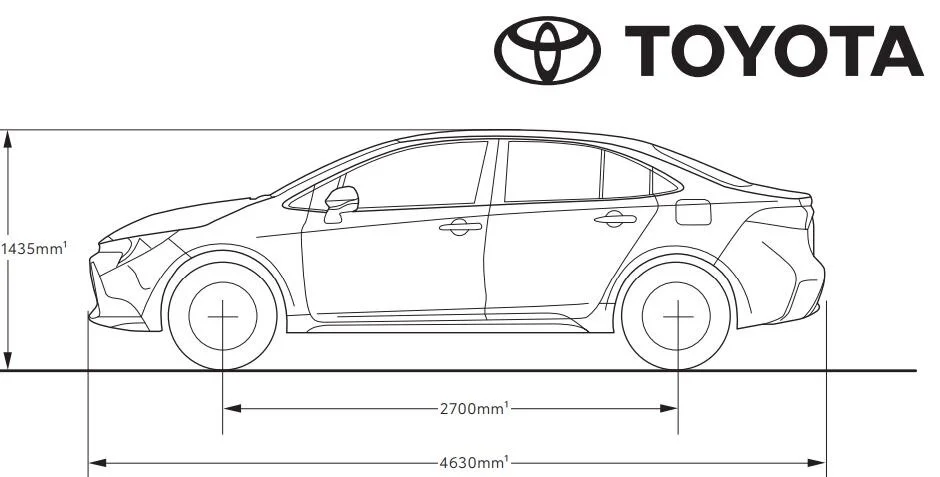

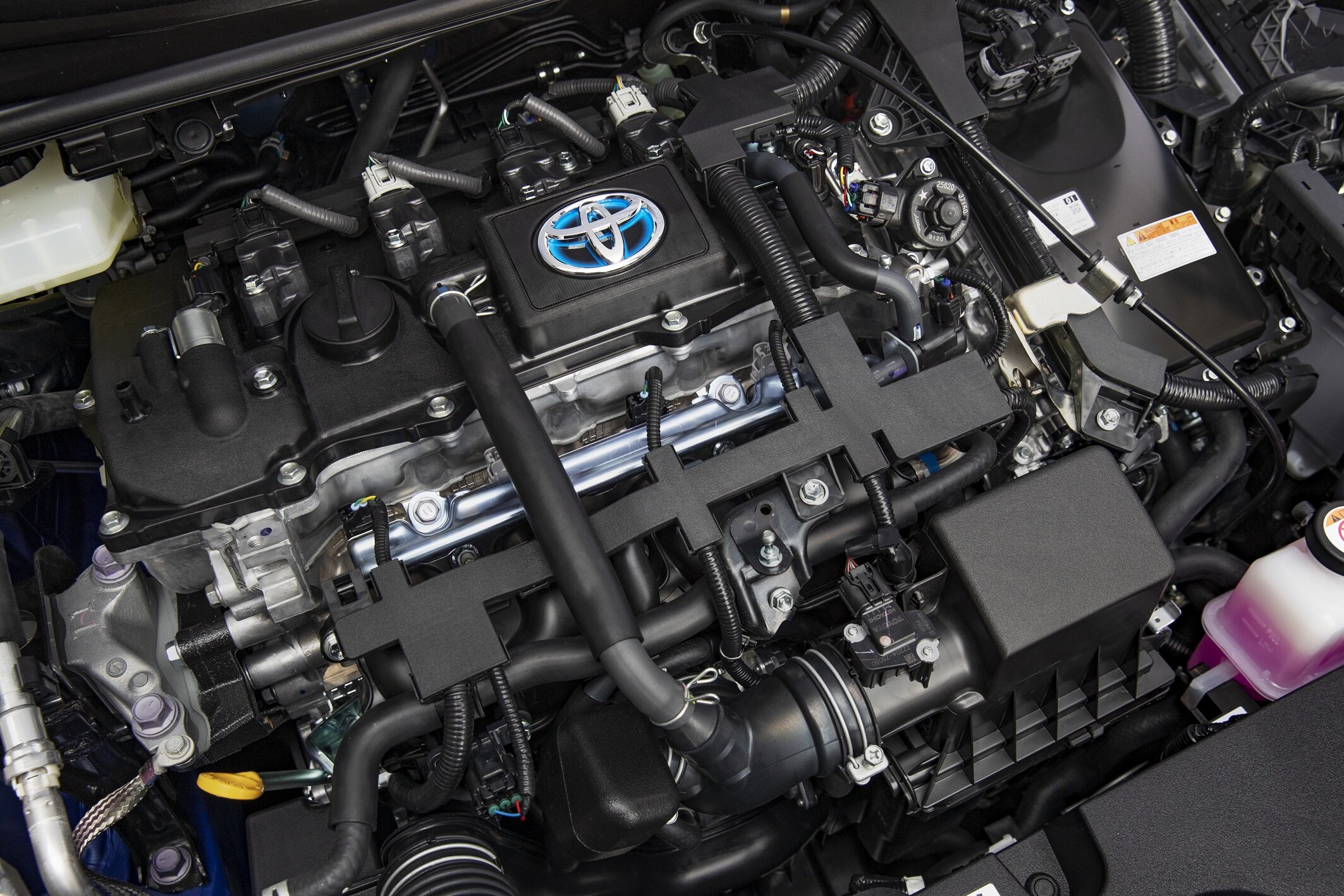



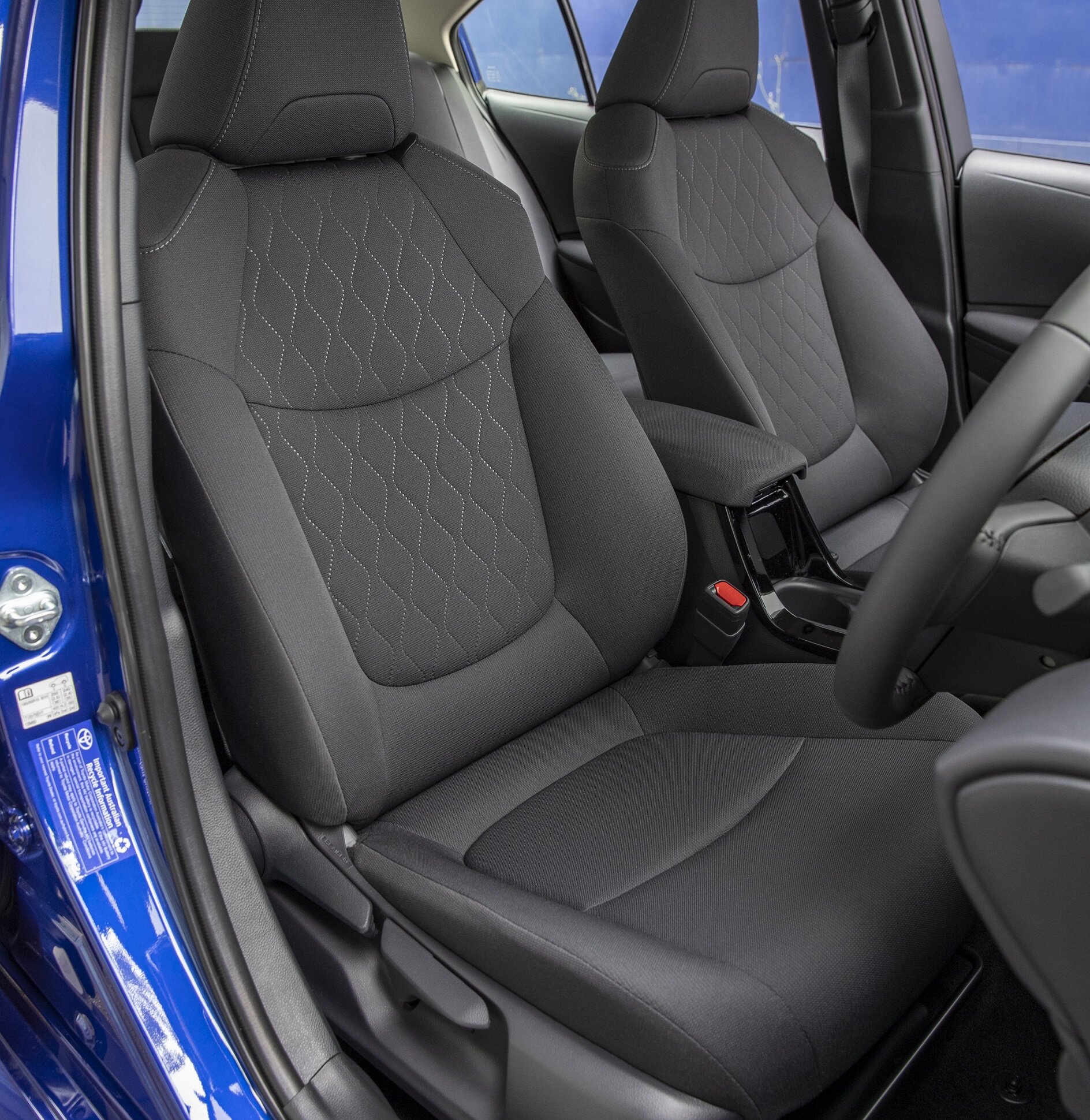
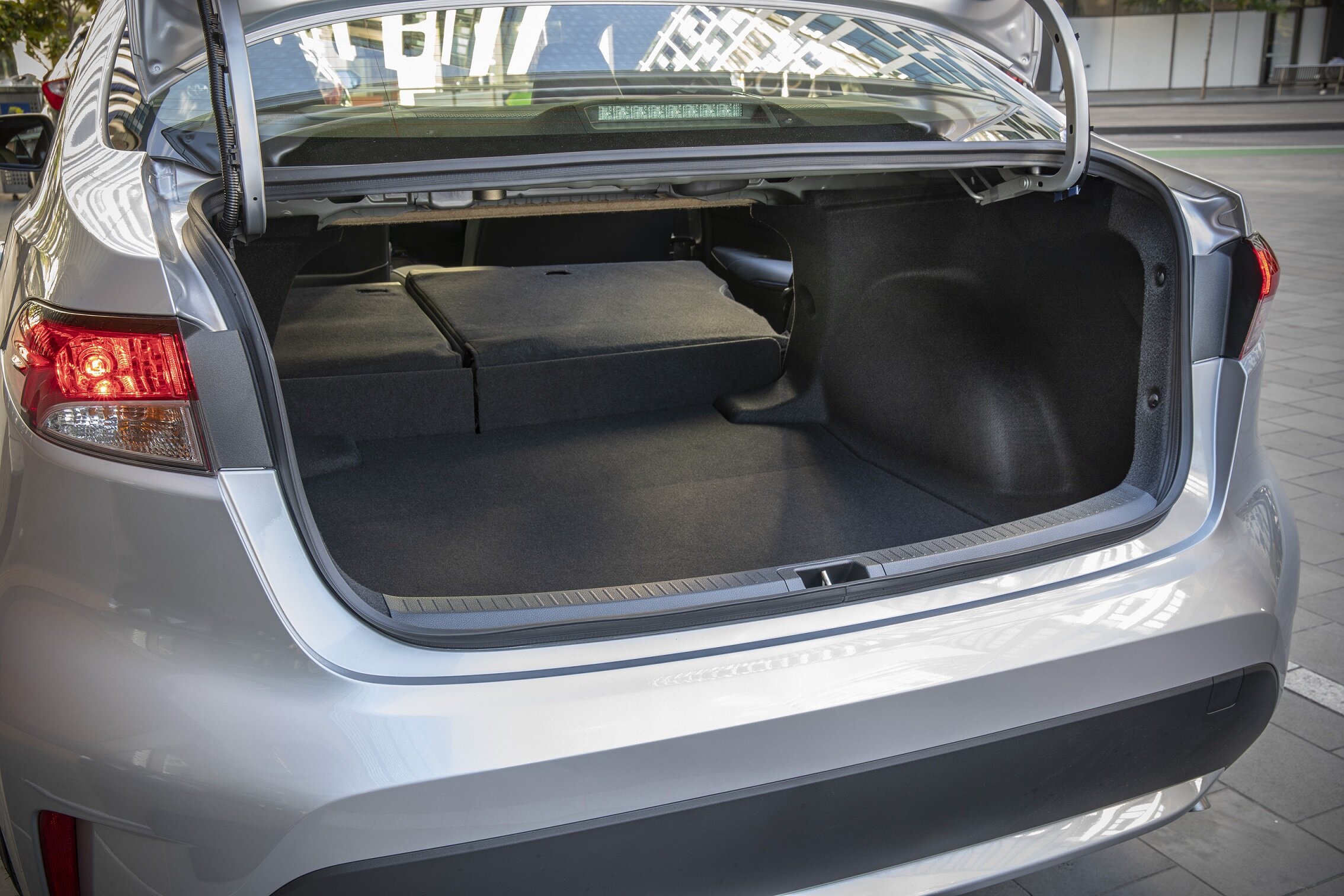
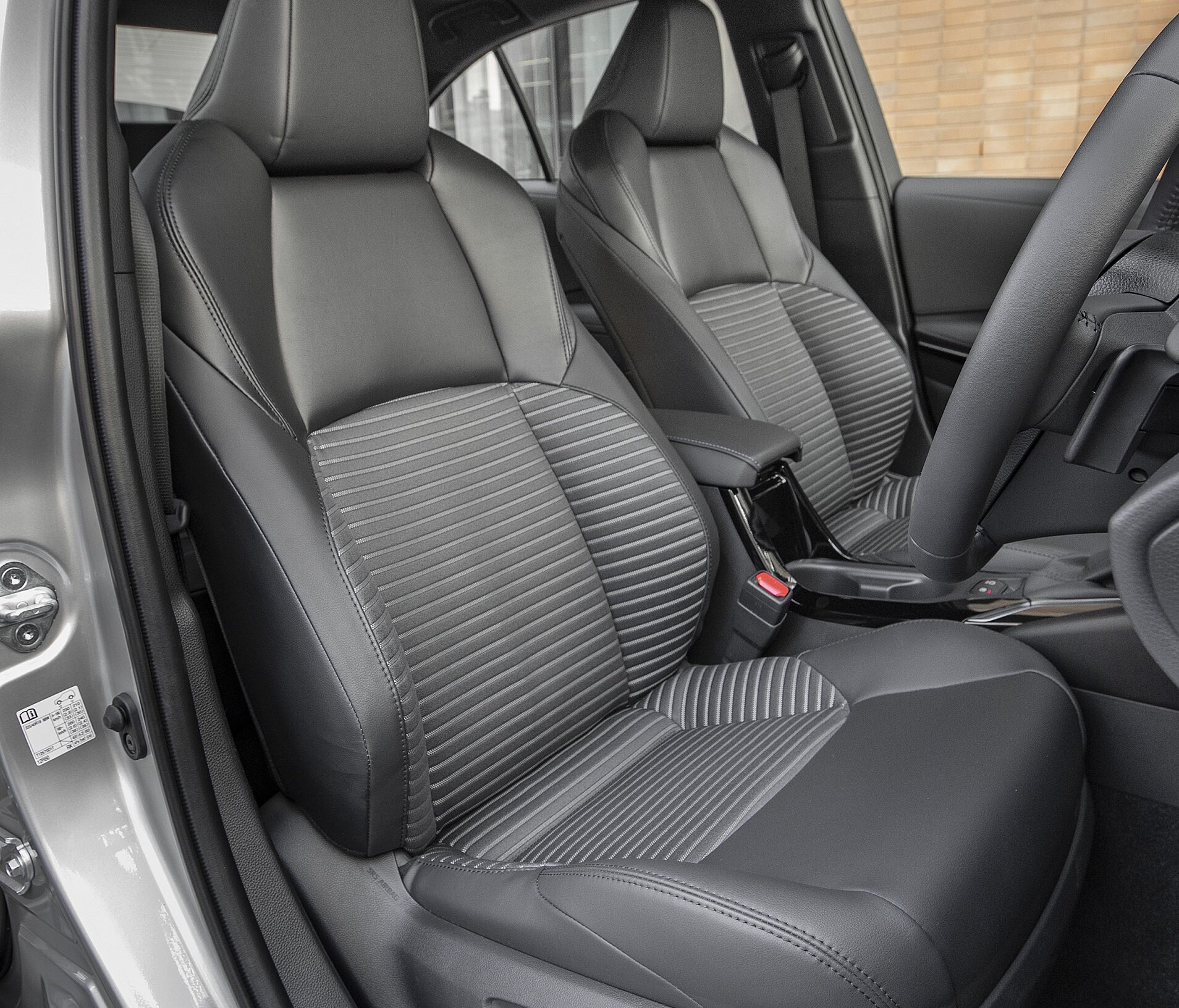
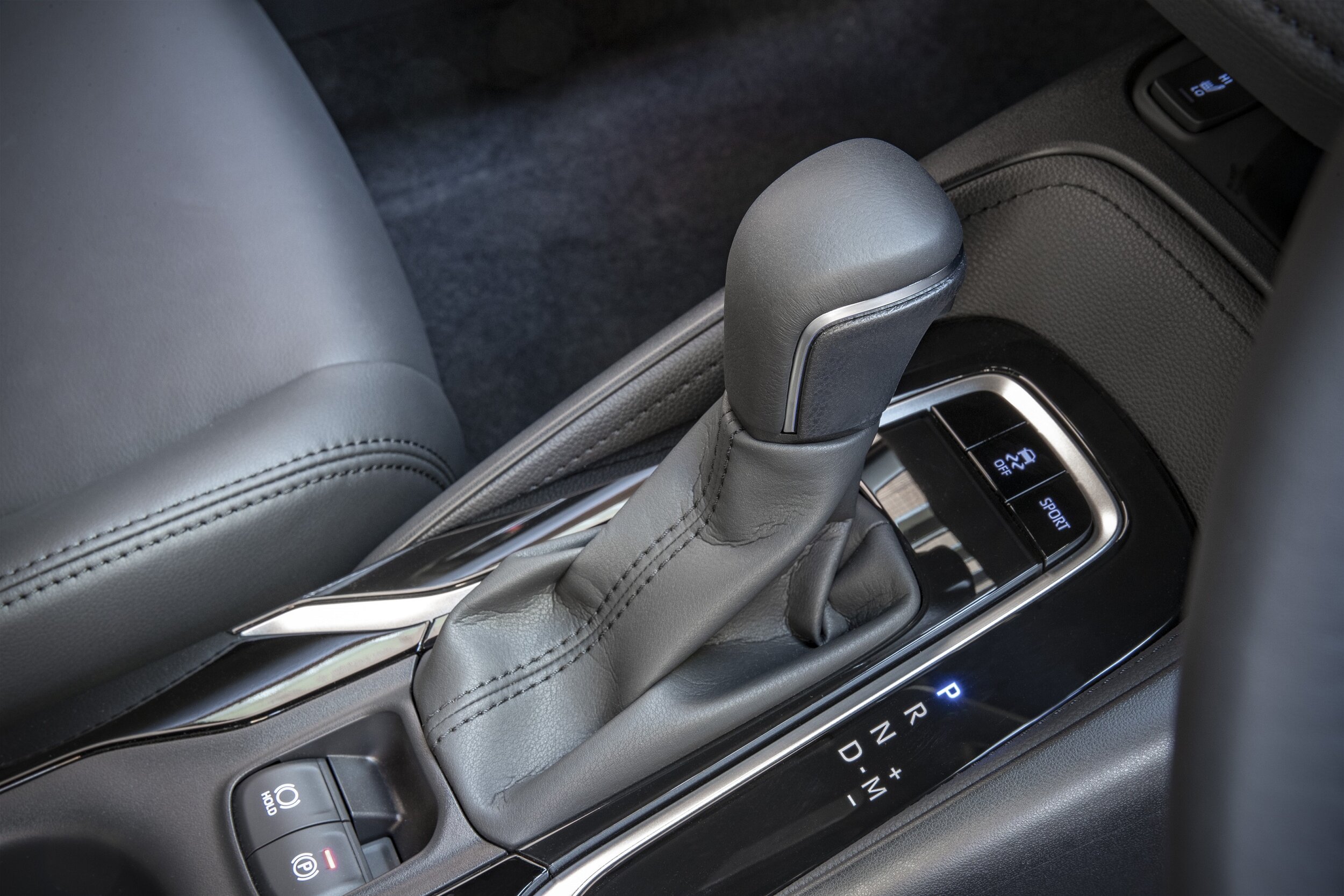

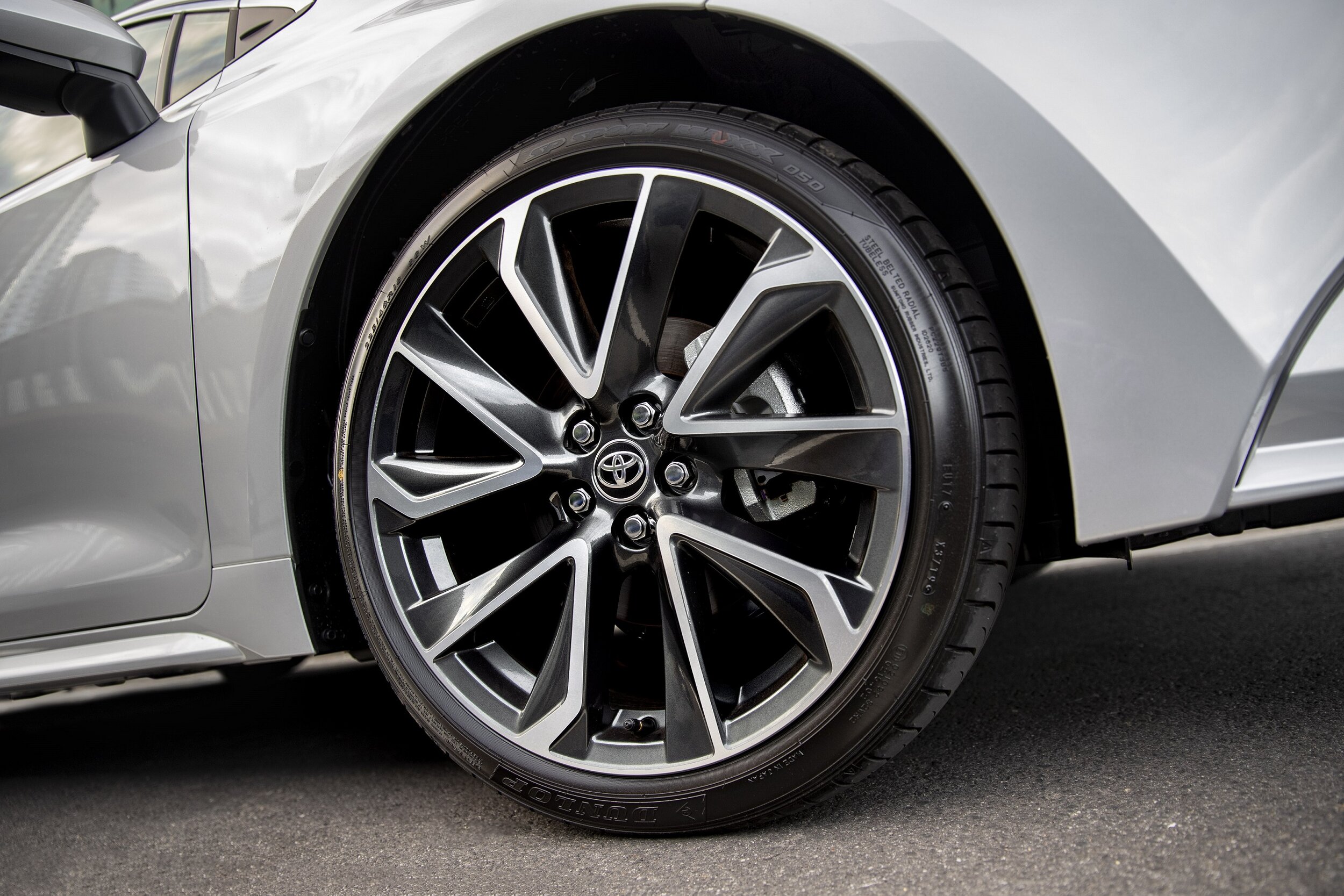
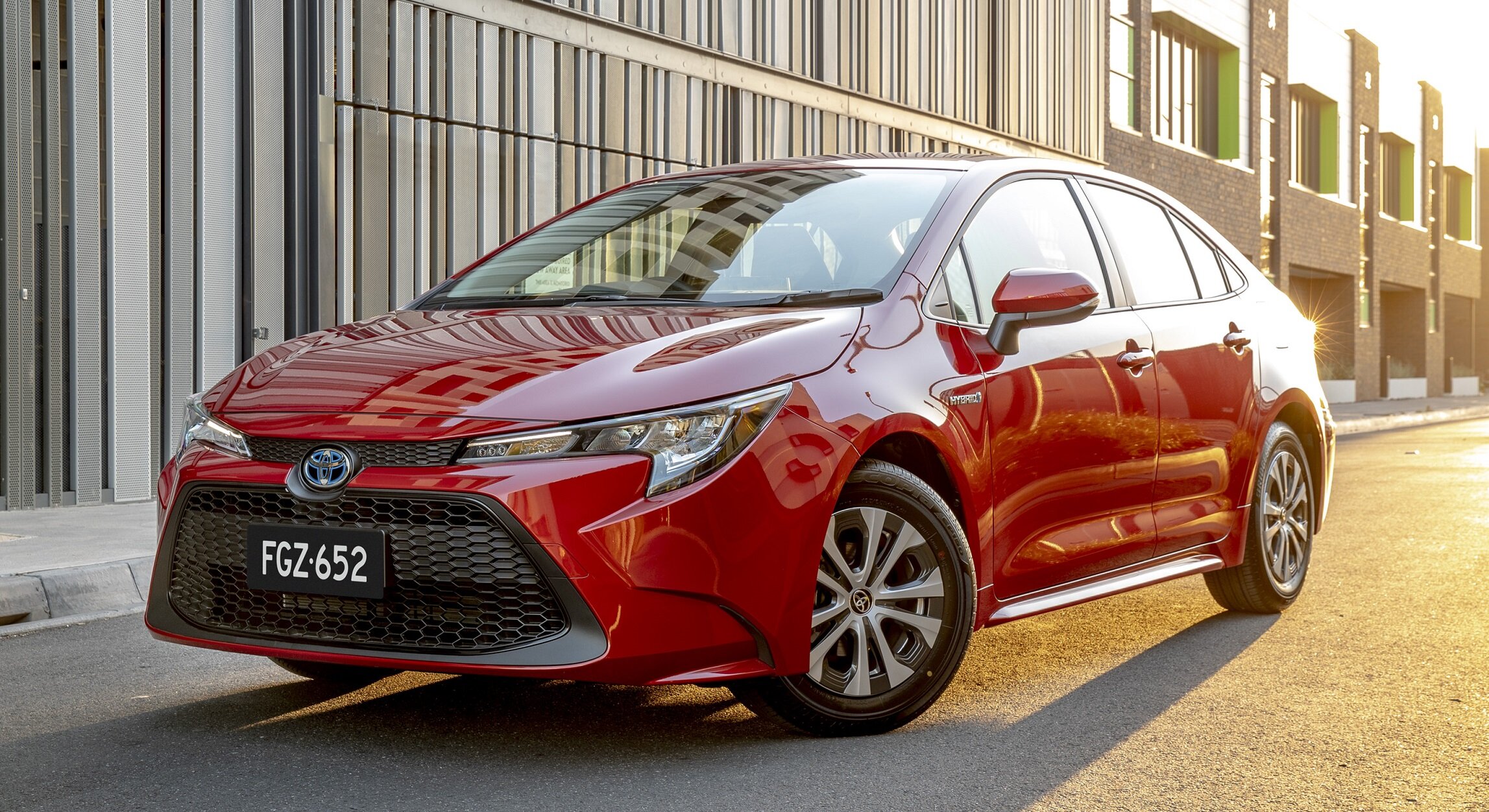
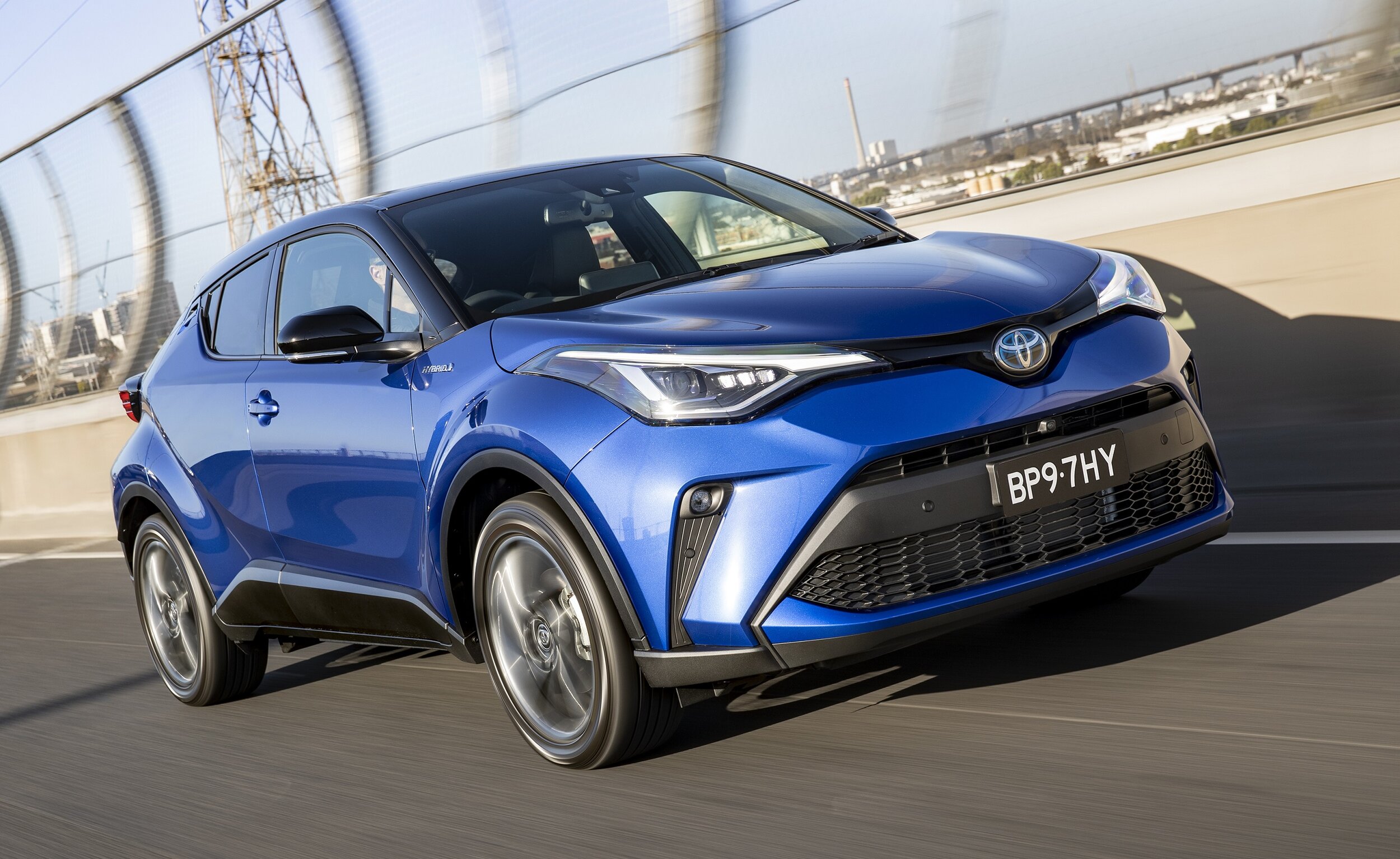
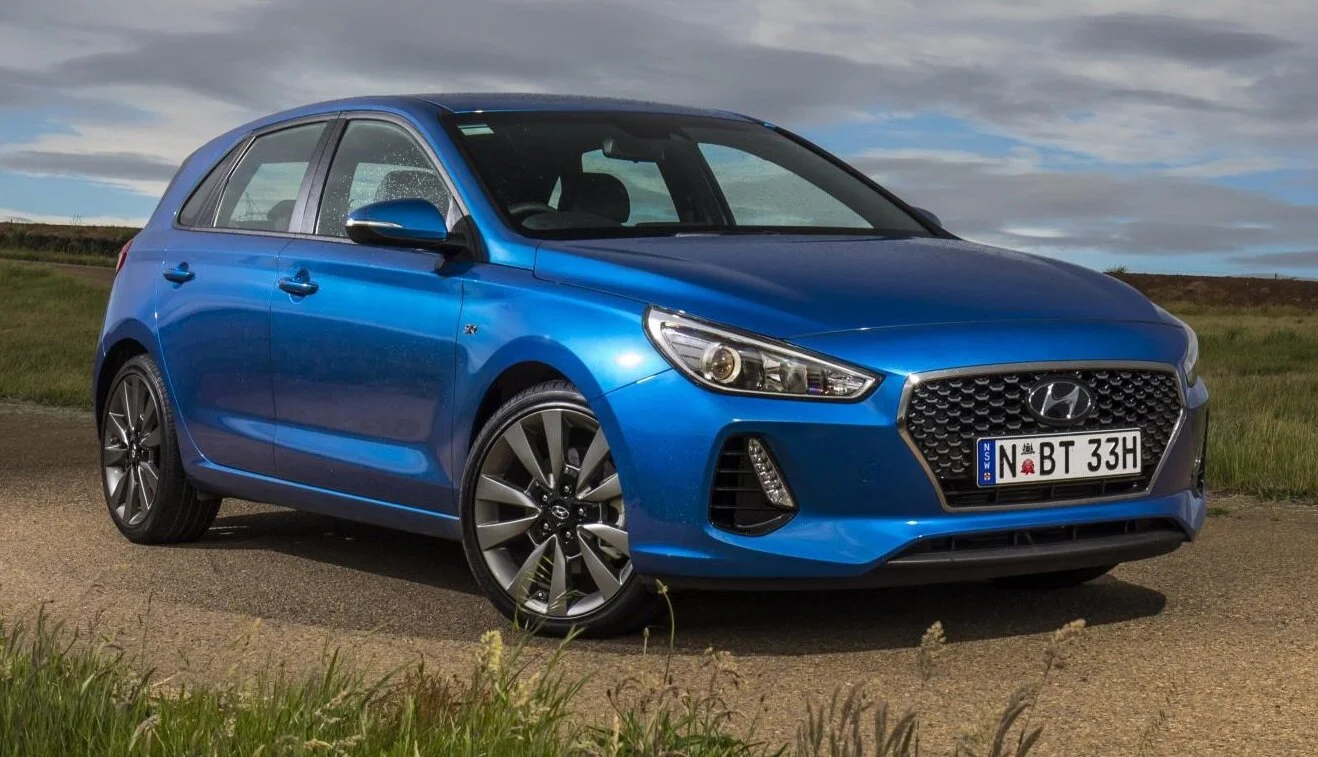
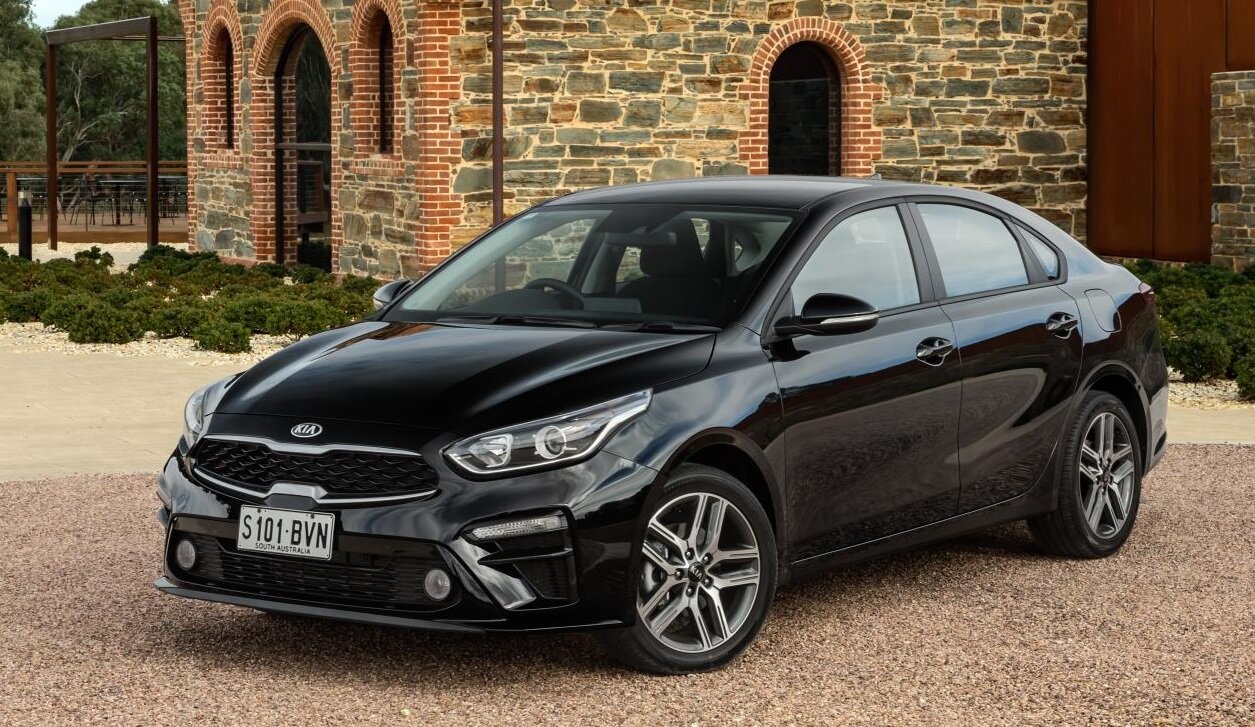
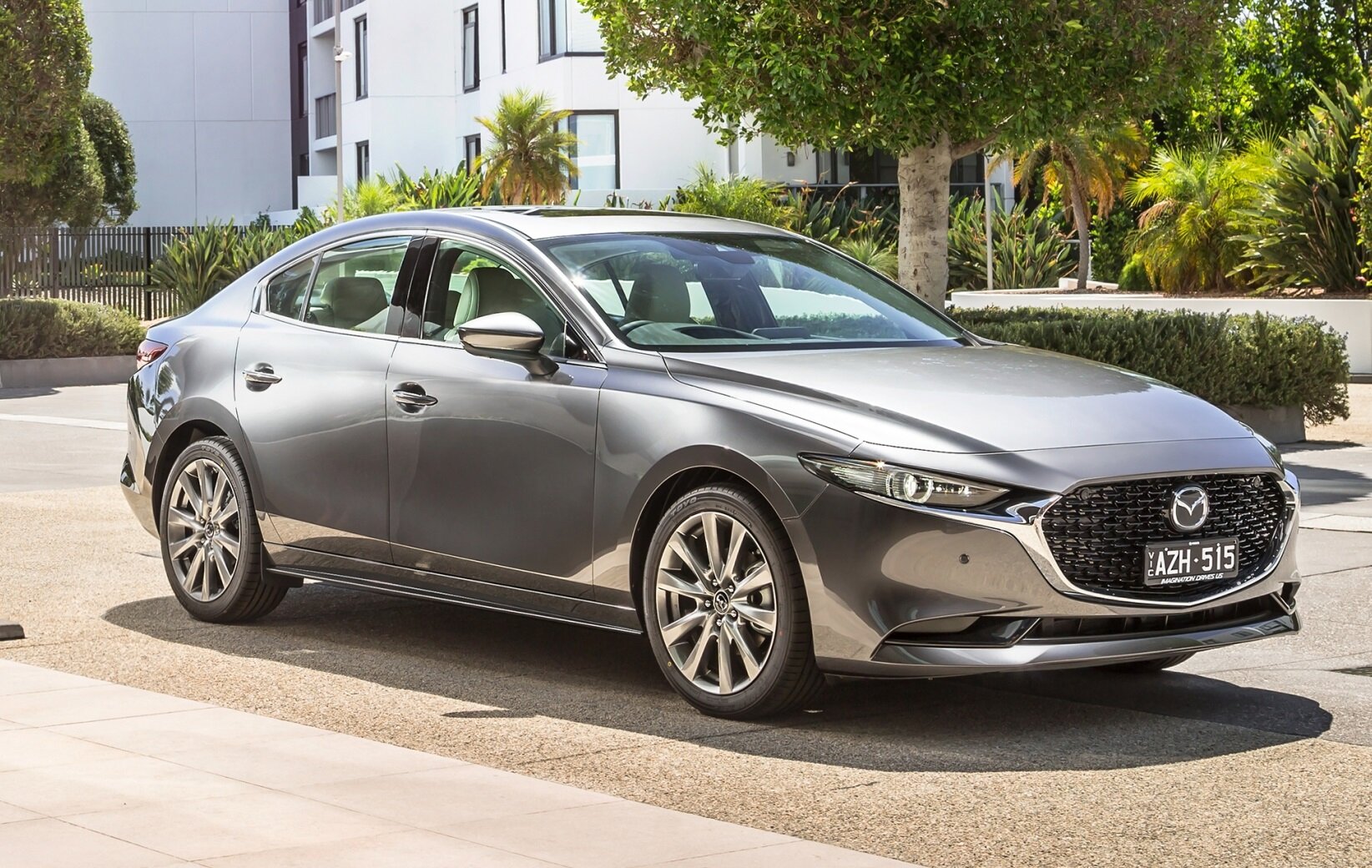

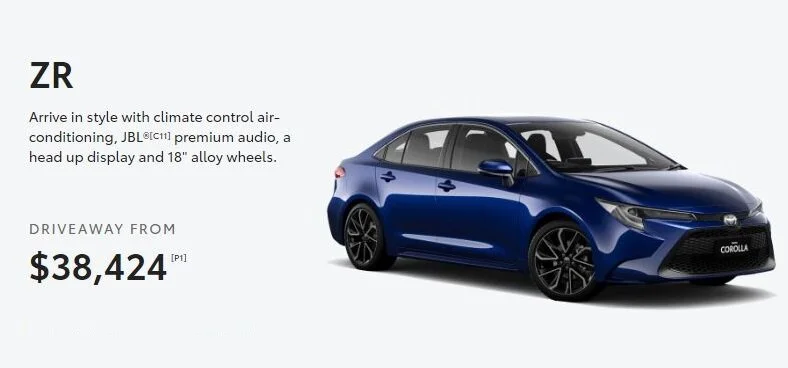

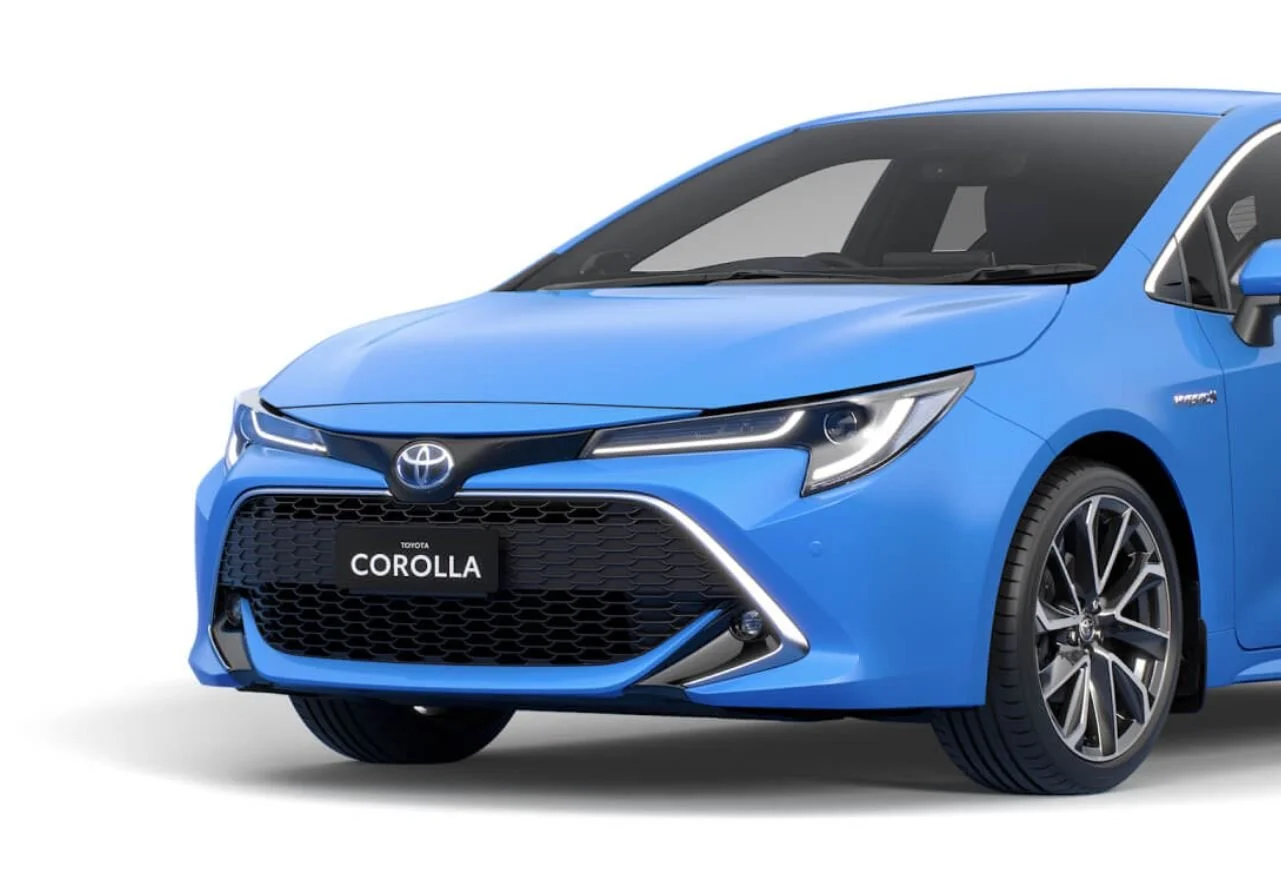











The Hyundai Palisade is a big, comfortable holiday machine for growing families and offers excellent value, generous 8-seat SUV space, and practicality on par with LandCruiser - but it’s $30K more affordable.